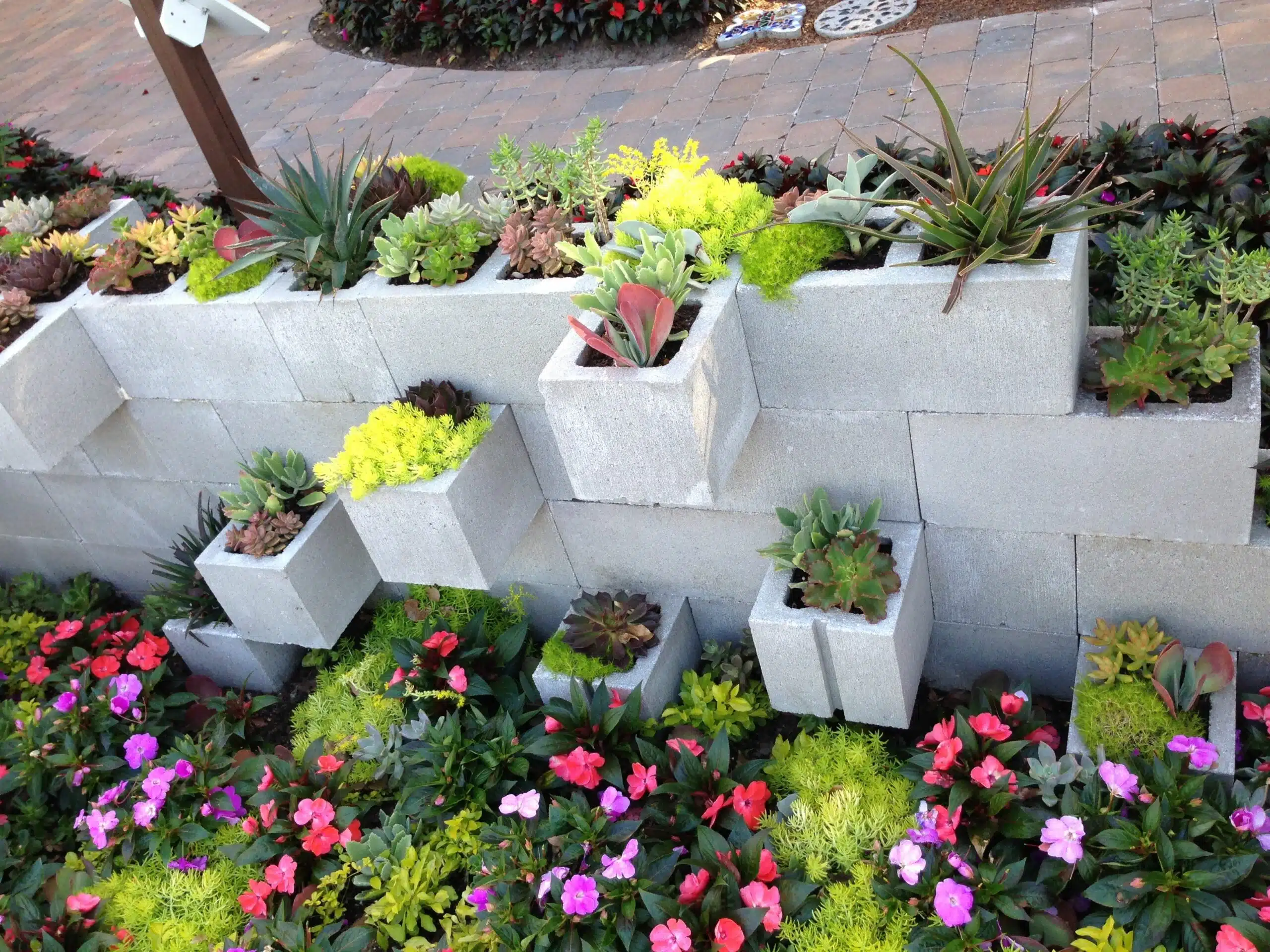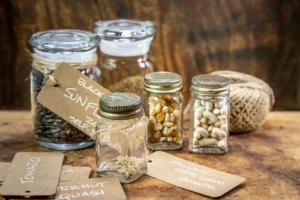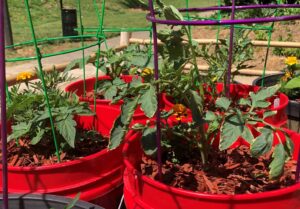Building a Vibrant Cinder Block Garden: Transform Your Backyard with Practical DIY Projects
In an era where sustainable and budget-friendly landscaping solutions are increasingly sought after, cinder block gardens have emerged as a versatile and practical option for homeowners. These humble concrete blocks—often overlooked as mere construction materials—can be transformed into stunning garden features that combine functionality with aesthetic appeal. Whether you’re looking to create raised beds for growing vegetables, build decorative planters, or design multifunctional outdoor spaces, cinder blocks offer durability, affordability, and creative potential that few other materials can match.
Why Choose Cinder Blocks for Your Garden?
Before diving into specific project ideas, let’s explore the compelling advantages that make cinder blocks an excellent choice for garden applications:
Practical Benefits
- Durability: Unlike wooden raised beds that rot over time, cinder blocks can withstand the elements for decades, providing a long-lasting garden solution.
- Cost-Effectiveness: At approximately $2-3 per block, cinder blocks represent one of the most affordable options for garden construction projects.
- Versatility: Their modular nature allows for endless configuration possibilities—from simple rectangular beds to complex multi-tiered designs.
- Low Maintenance: Once installed, cinder block structures require virtually no upkeep, allowing you to focus on your plants rather than maintaining the structures.
- Pest Resistance: The solid concrete construction creates a barrier against burrowing pests like gophers and voles that might otherwise damage your garden.
Aesthetic Potential
- Industrial-Chic Appeal: The raw, minimalist look of cinder blocks complements modern landscape designs and creates an interesting textural contrast with soft plant materials.
- Customization Options: Blocks can be painted, stained, or decorated with mosaic tiles to match any garden style or color scheme.
- Architectural Interest: The geometric forms created by cinder blocks add structure and visual rhythm to garden spaces.
Raised Beds Using Cinder Blocks: A Perfect Starting Point
Raised garden beds represent perhaps the most popular application for cinder blocks in the garden, offering improved growing conditions, easier access, and neat garden organization.
Benefits of Cinder Block Raised Beds
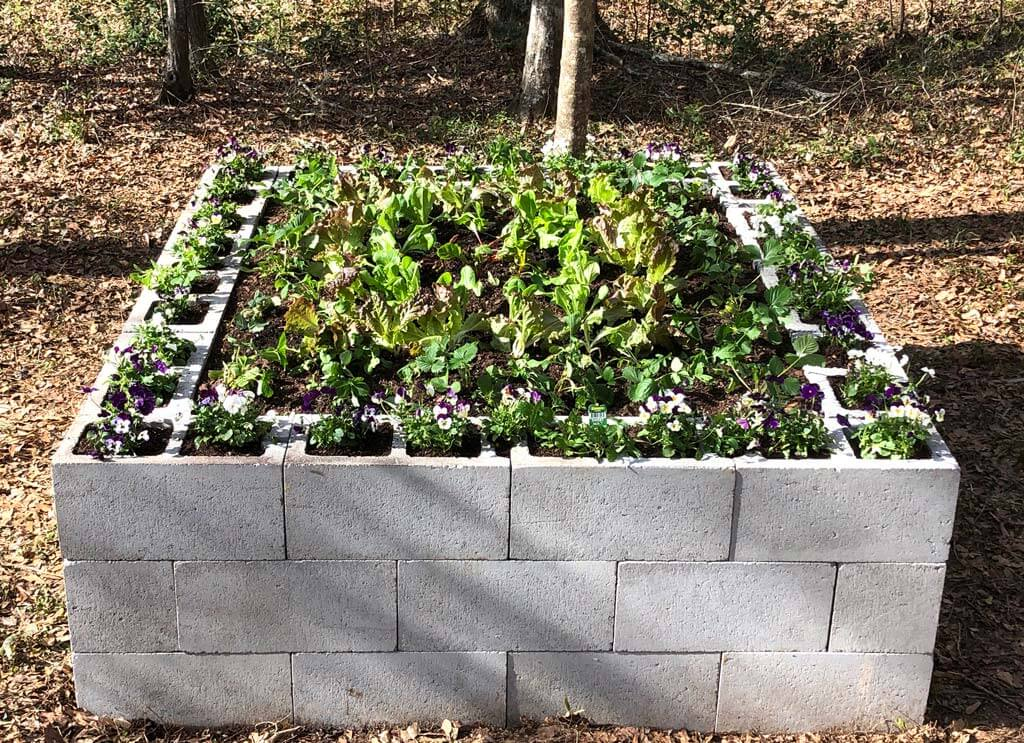
Raised beds constructed from cinder blocks elevate your gardening experience in multiple ways:
- Improved Drainage: The elevated design prevents waterlogging, creating ideal growing conditions for most plants.
- Extended Growing Season: Soil in raised beds warms faster in spring, allowing earlier planting.
- Reduced Back Strain: The height minimizes bending, making gardening more accessible for those with mobility issues.
- Soil Quality Control: You can fill raised beds with high-quality soil, regardless of your existing ground conditions.
- Space Optimization: Clearly defined growing areas maximize productivity in limited space.
Step-by-Step Guide to Building a Basic Raised Bed
Creating your first cinder block raised bed is remarkably straightforward. Here’s how to get started:
Materials Needed:
- Cinder blocks (8″×8″×16″ standard size)
- Landscape fabric (optional)
- Cardboard or newspaper (for weed suppression)
- Garden soil and compost mix
- Level
- Measuring tape
- String or spray paint for marking
Construction Process:
- Site Selection and Preparation
- Choose a level area that receives adequate sunlight for your intended crops.
- Remove any existing vegetation and debris from the site.
- For persistent weed problems, consider laying cardboard or landscape fabric before installation.
- Planning Your Layout
- For a standard 4’×8′ bed (a common size that allows reaching the center from either side):
- Length: Calculate 6 blocks for each long side (12 total)
- Width: Use 3 blocks for each short side (6 total)
- Mark the perimeter with string or spray paint to visualize the layout.
- For a standard 4’×8′ bed (a common size that allows reaching the center from either side):
- Arranging the Blocks
- Place the cinder blocks along your marked perimeter with the holes facing upward.
- Use a level to ensure the blocks sit evenly on the ground, adjusting as necessary.
- For added stability on uneven terrain, consider partially burying the first layer.
- Optional: Adding a Second Layer
- For deeper beds, stack a second layer of blocks.
- Offset the seams between blocks in the second layer for improved stability.
- For added security, connect the layers using rebar inserted through the block holes.
- Filling the Bed
- Line the bottom with cardboard to suppress weeds if desired.
- Fill the main area with a mixture of quality topsoil, compost, and other amendments.
- Optionally, fill the block holes with additional soil for planting flowers or herbs.
- Finishing Touches
- Add a 2-3 inch layer of mulch to conserve moisture and further suppress weeds.
- Consider adding concrete caps on top of the blocks for a more finished appearance.
Plant Selection for Raised Beds
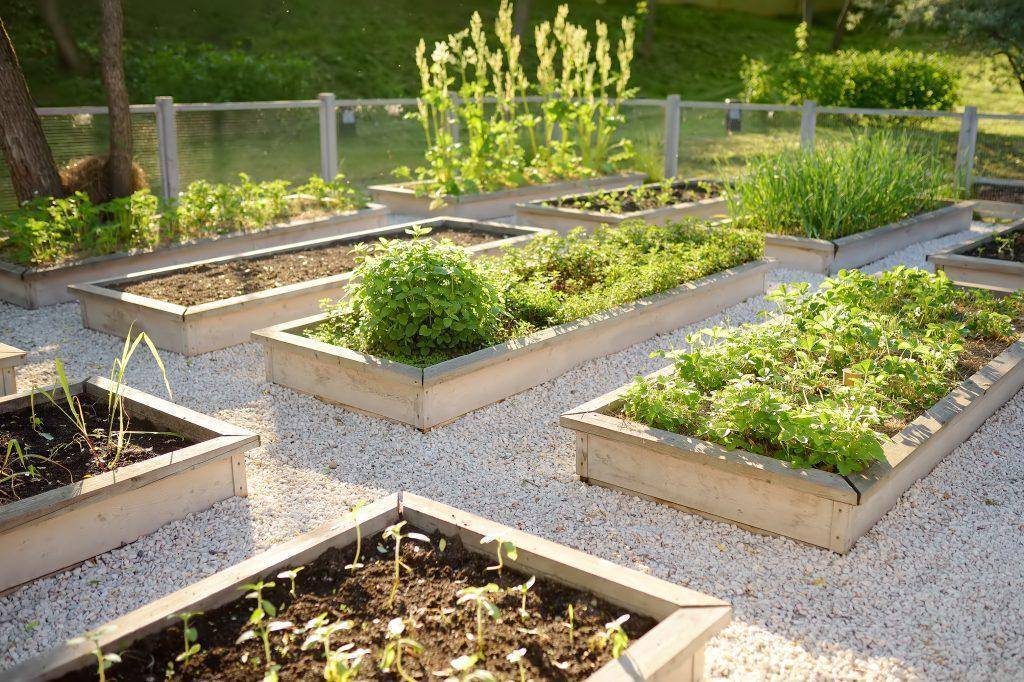
Cinder block raised beds can accommodate a wide variety of plants:
- Vegetables: Tomatoes, peppers, cucumbers, and most other garden vegetables thrive in the excellent drainage and soil conditions.
- Herbs: The holes in the cinder blocks provide perfect spaces for herbs like basil, thyme, and oregano.
- Flowers: Mix ornamental plants among vegetables for beauty and to attract pollinators.
- Small Fruits: Strawberries and compact berry varieties grow well in raised environments.
Creative Concrete Block Landscaping Ideas Beyond Raised Beds
While raised beds represent an excellent starting point, cinder blocks can be utilized for numerous other garden features:
Vertical Gardens and Planters
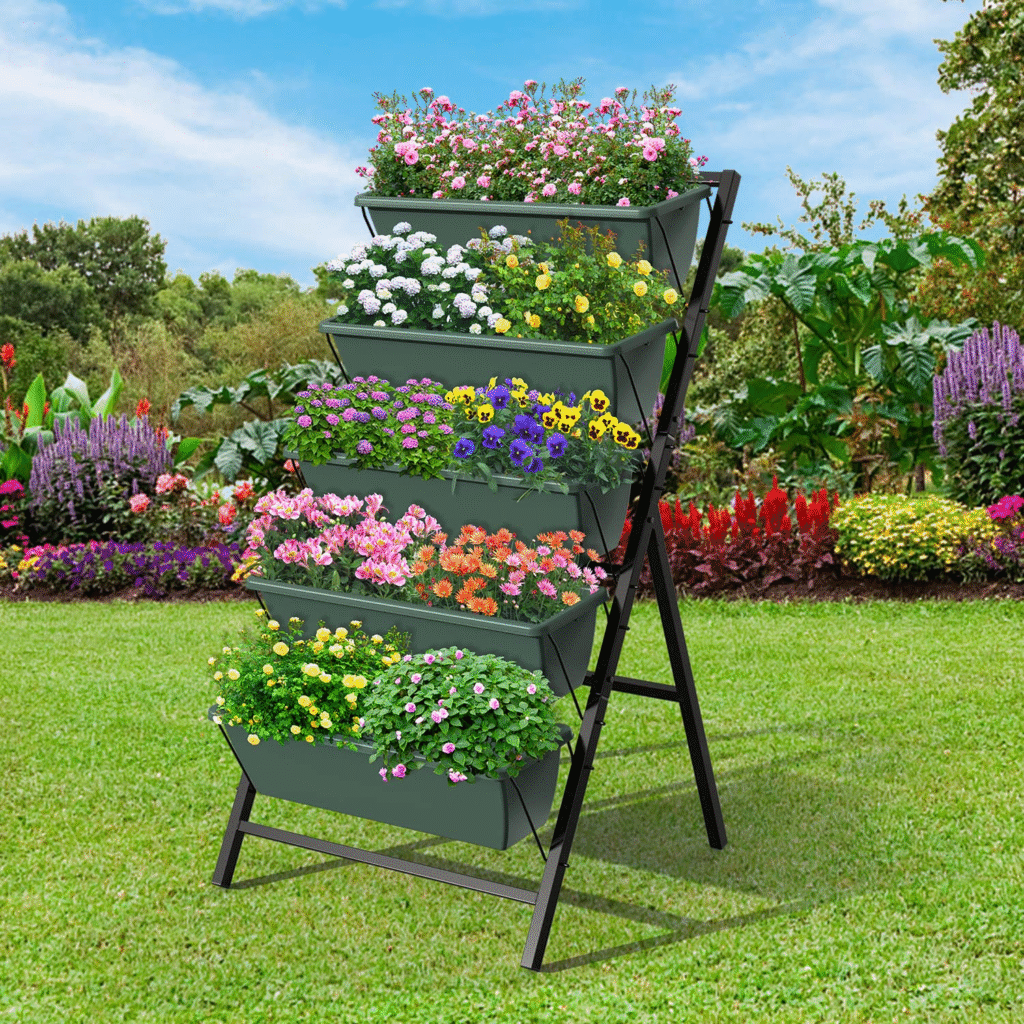
The natural cavities in cinder blocks make them ready-made planters for smaller plants:
- Stacked Planters: Create a modern vertical garden by staggering blocks with openings facing outward.
- Retaining Wall Planters: Incorporate planting spaces into functional retaining walls.
- Freestanding Plant Towers: Stack blocks in a column with openings on all sides for a 360° planting opportunity.
Functional Garden Features
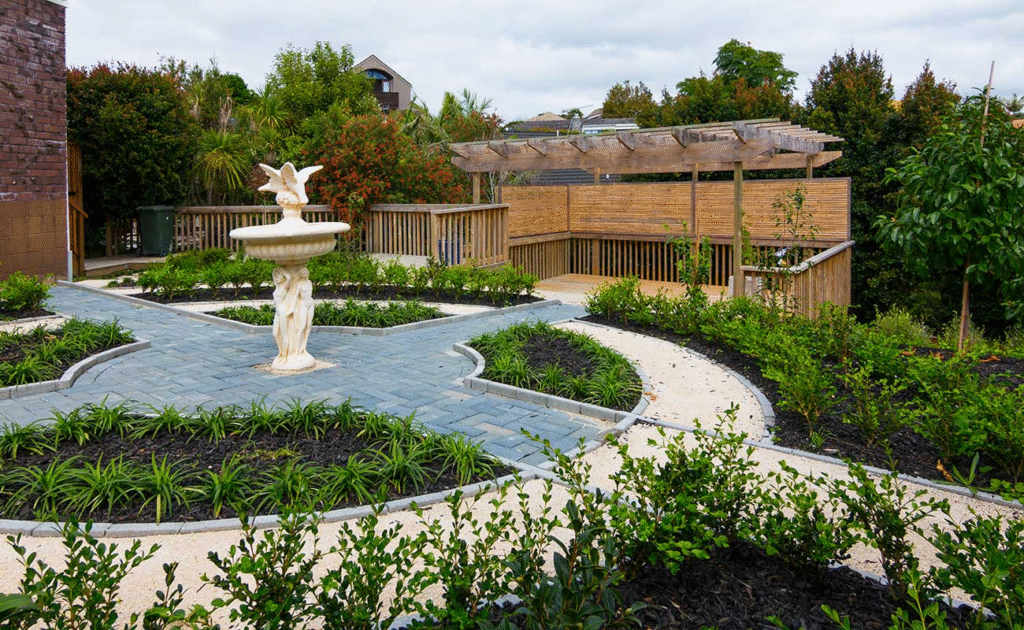
Leverage the structural properties of cinder blocks to build practical garden elements:
- Garden Steps: Create durable steps for sloped gardens using blocks filled with soil or gravel.
- Garden Pathways: Embed blocks partially in the ground to form stepping stone paths between garden beds.
- Compost Bins: Arrange blocks in a square or rectangular configuration, leaving gaps for airflow to create an effective compost system.
Outdoor Living Spaces
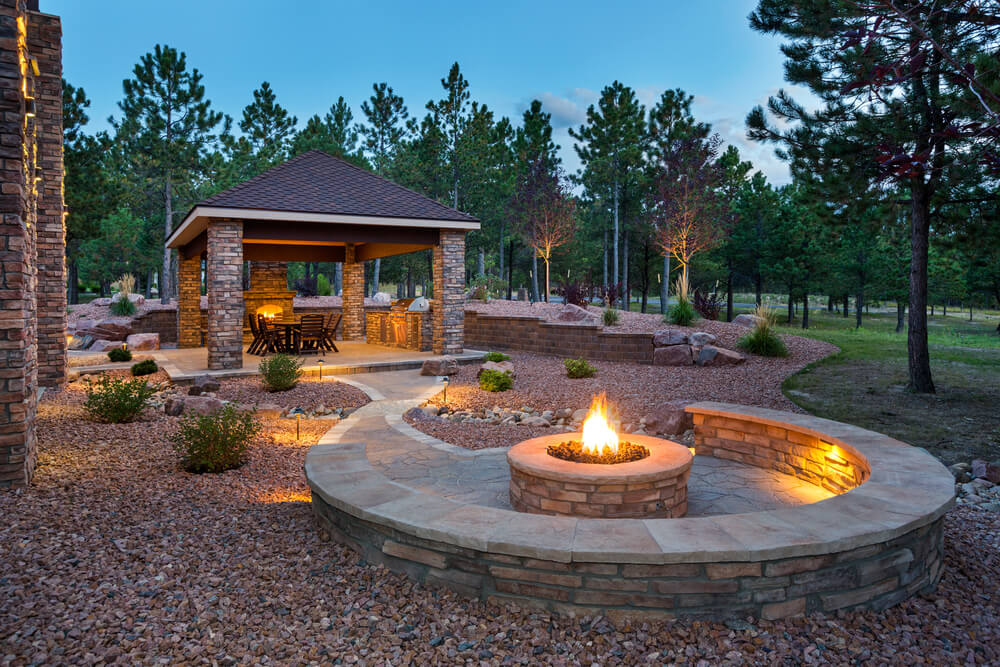
Extend your use of cinder blocks to create comfortable outdoor living areas:
- Garden Benches: Combine blocks with wooden beams to create rustic-industrial seating.
- Fire Pits: Arrange blocks in a circle and cap with concrete pavers for a simple, safe fire pit.
- Outdoor Kitchens: Build BBQ surrounds, counters, and work surfaces using blocks as the foundation.
Using Cinder Blocks in Your Backyard: Design Considerations
To ensure your cinder block garden projects enhance rather than detract from your outdoor space, consider these design principles:
Integration with Existing Landscape
- Consistent Materials: Choose block colors and finishes that complement existing hardscape elements.
- Softening with Plants: Use cascading or trailing plants to soften the angular lines of block structures.
- Strategic Placement: Position cinder block features where their industrial aesthetic makes sense within the overall design.
Personalization Techniques
Transform ordinary blocks into extraordinary garden features:
- Painting: Use exterior masonry paint in coordinating colors to bring vibrancy to your garden.
- Decorative Facing: Apply stone veneer, mosaic tiles, or other decorative elements to visible surfaces.
- Mixed Materials: Combine blocks with wood, metal, or natural stone for visual interest.
Safety and Structural Stability
Ensure your cinder block creations stand the test of time:
- Level Foundation: Always start with a level, compacted base for any structure.
- Appropriate Height: Limit stacked structures to a safe height (generally no more than 3-4 blocks high without additional reinforcement).
- Child Safety: Consider the stability of any structures in gardens used by children.
Outdoor Projects with Cinder Blocks: Practical Applications
Let’s explore some specific project ideas that showcase the versatility of cinder blocks in outdoor spaces:
Project 1: Multi-Tier Herb Garden
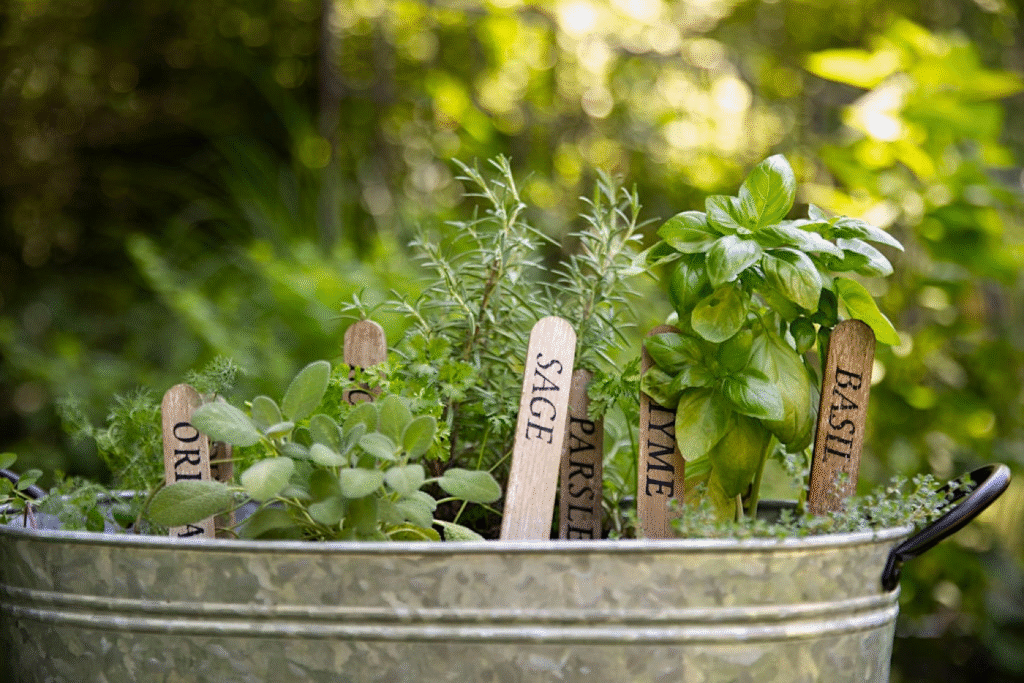
Create a space-efficient herb garden using a staggered arrangement of blocks:
- Arrange three blocks side by side for the base layer.
- Place two blocks centered on top of the base layer.
- Top with a single block.
- Fill all cavities with herb-appropriate soil.
- Plant different herbs in each opening, considering sun exposure needs.
Project 2: Cinder Block Bench with Planters
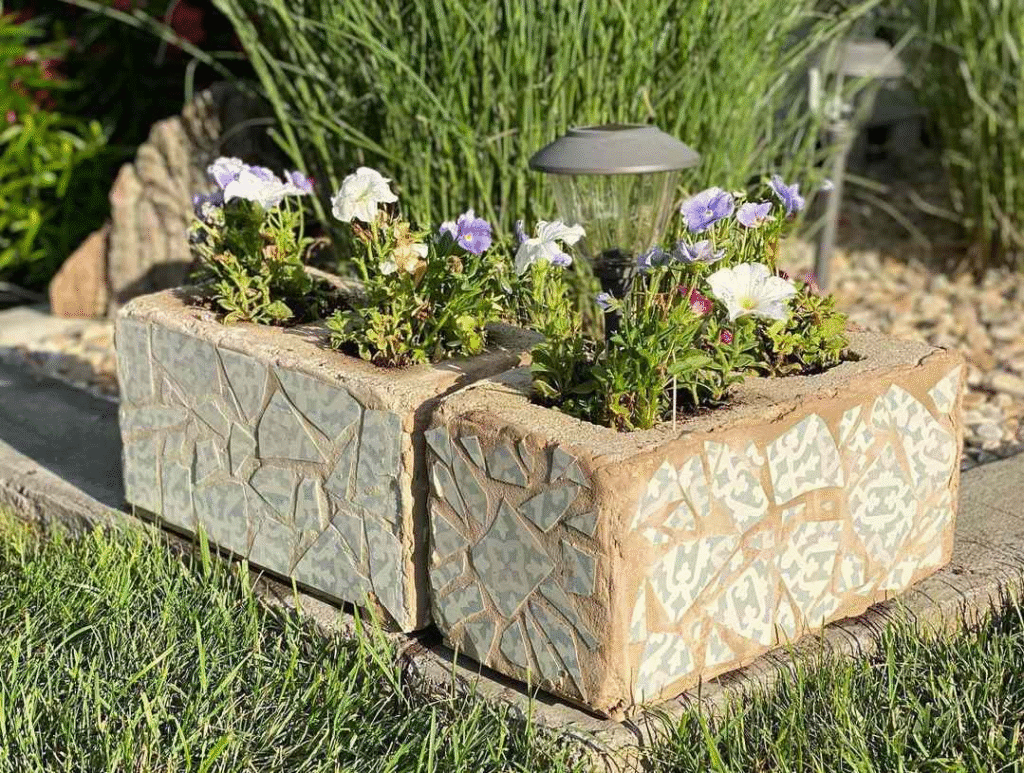
Combine seating and greenery in one functional piece:
- Create two support columns using stacked blocks, spaced to accommodate a comfortable seating width.
- Position the blocks so openings face outward for planting.
- Secure pressure-treated lumber or concrete pavers across the top for seating.
- Fill visible block openings with colorful flowers or trailing plants.
- Add cushions for comfort.
Project 3: Decorative Garden Border
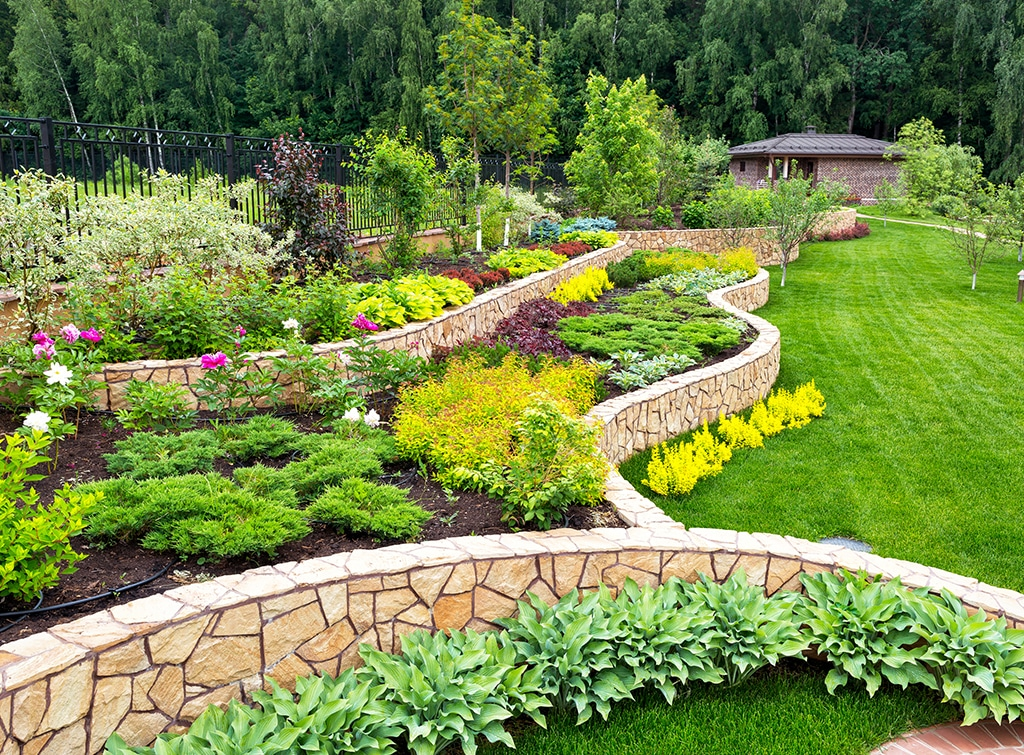
Define garden spaces with a functional and attractive border:
- Partially bury blocks horizontally along garden edges with openings facing upward.
- Fill openings with soil and plant with low-growing flowers or groundcovers.
- For added appeal, paint alternate blocks in complementary colors.
Maintenance and Longevity of Cinder Block Garden Features
One of the primary advantages of using cinder blocks is their durability, but some maintenance considerations will help maximize their lifespan:
Seasonal Care
- Winter Preparation: In freeze/thaw climates, ensure proper drainage to prevent cracking.
- Spring Inspection: Check for shifting or damage after winter and realign blocks as needed.
- Painting Maintenance: Touch up painted surfaces every 2-3 years or as needed.
Long-Term Considerations
- Settling: Over time, blocks may settle slightly; periodic leveling might be necessary.
- Mineral Deposits: White efflorescence may appear on blocks; this can be removed with vinegar solution if desired.
- Plant Root Management: Remove invasive plant roots that might compromise block structures.
Sustainable Aspects of Cinder Block Gardening
For environmentally conscious gardeners, cinder blocks offer several sustainability benefits:
- Longevity: Their durability means less frequent replacement and reduced resource consumption.
- Thermal Mass: Blocks absorb heat during the day and release it slowly, creating beneficial microclimates for plants.
- Water Conservation: Raised beds allow for more efficient water use than traditional garden plots.
- Repurposing Potential: Used blocks can often be found at low cost, giving new life to existing materials.
Case Study: A Complete Cinder Block Garden Transformation
To illustrate the potential of cinder block gardening, consider this real-world example:
The Johnson family transformed their barren backyard into a productive and beautiful space using primarily cinder blocks. Their project included:
- Four raised vegetable beds arranged in a grid pattern with central access paths
- A three-tier herb garden near the kitchen door
- A comfortable seating area with block-based benches and planter tables
- A decorative retaining wall that incorporated planting spaces for trailing flowers
- A designated kids’ gardening area with child-height planters
The entire transformation cost under $600 in materials and dramatically increased both the functional and aesthetic value of their property.
Conclusion: Building Your Cinder Block Garden Vision
Cinder blocks represent an often-overlooked treasure in the world of garden design—offering affordability, versatility, and durability that few materials can match. From simple raised beds to complex outdoor living spaces, these humble building blocks can be the foundation for a garden that reflects your personal style while meeting your practical needs.
As you embark on your own cinder block garden projects, remember that creativity is your only limitation. Start with a simple raised bed, gain confidence in working with the material, and gradually expand your vision. Before long, you’ll discover why gardeners across the country are embracing this practical approach to creating beautiful and functional outdoor spaces.
Whether you’re an experienced gardener looking for durable solutions or a beginner seeking an affordable entry point into landscaping, cinder block garden features offer the perfect blend of practicality and potential. Your dream garden may be just a few blocks away!
